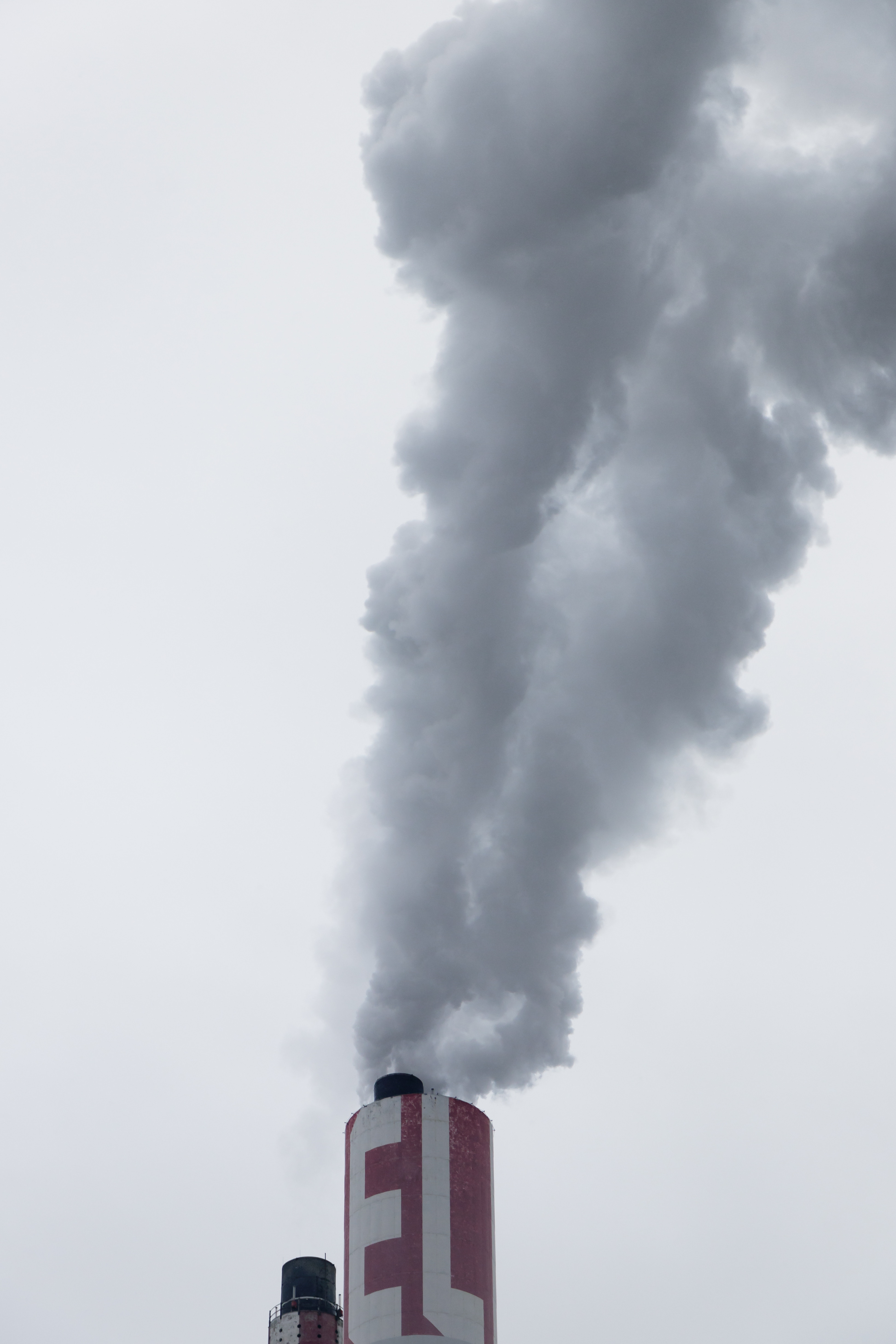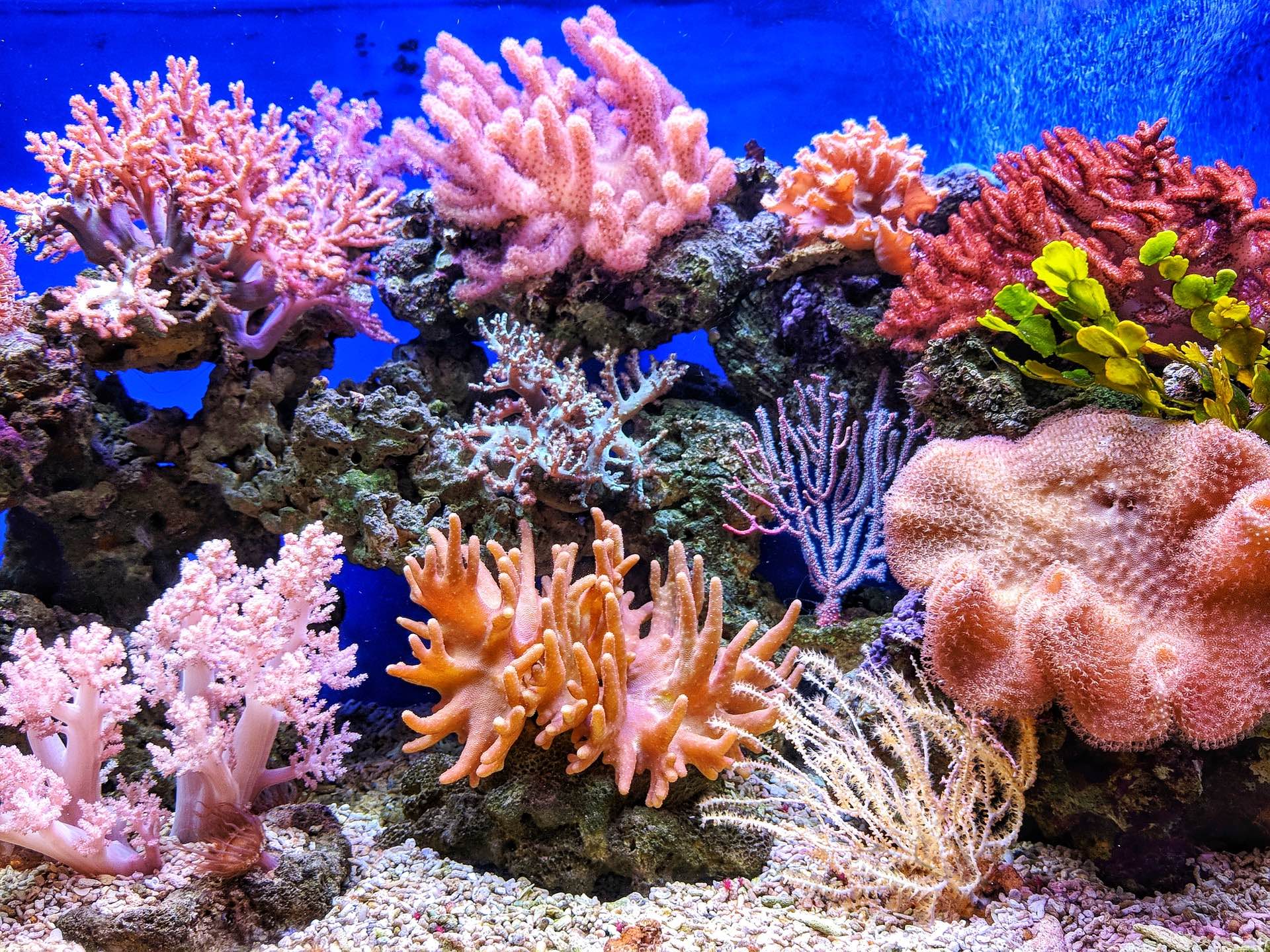On the anniversary of the European Green Deal, policymakers came together to find a way to increase their climate commitments. With rumours of dissatisfaction among the ranks, particularly from coal-reliant countries who threatened to veto the deal, the outcome was never a given. However, leaders managed to find common ground and agree on a EU Climate Pact that is both ambitious and inclusive.
Great way to celebrate the first anniversary of our #EUGreenDeal!
#EUCO has endorsed our ambitious proposal for a new EU climate target.
Europe will reduce emissions by at least 55% by 2030.
It puts us on a clear path towards climate neutrality in 2050.
— Ursula von der Leyen (@vonderleyen) December 11, 2020
Discussion on climate action, considered by policymakers as one of Europe’s top priorities, revolved around cutting emissions whilst ensuring economic growth and ensuring a just transition for more disadvantaged countries. This is a balance that the EU has already, to some extent, managed to strike: EU greenhouse gas emissions have dropped by 24% between 1990 and 2019 whilst the economy has grown by approximately 60% over the same period. However, policymakers recognise that to meet the Paris Agreement objectives emissions reduction trajectories will require a further push.
What has been decided?
The European Council has now approved the European Union’s 1.82 trillion euro, seven-year funding package and sent it to the European Parliament for approval. The regular budget is worth 1.07 trillion euros and the remaining 750 billion euros is a recovery instrument called NextGenerationEU that specifically seeks to target a sustainable recovery from the coronavirus pandemic. Lawmakers hope that the funds can start reaching Europe’s regions, researchers, farmers and citizens from 1 January 2021.
With regards to green strings attached to the recovery fund, the European Council has earmarked at least 30% of total expenditure for climate action and pledged to cut collective greenhouse gas emissions by 55% from 1990 levels, which is a significant increase from the 40% cut that had been proposed by the European Commission in September. This is a decisive step towards meeting the goal of net zero emissions by 2050.
“Now we can start with the implementation and build back our economies,” claimed European Council President Charles Michel. “Our landmark recovery package will drive forward our green & digital transitions.”
Europe is the leader in the fight against climate change.
We decided to cut our greenhouse gas emissions of at least 55% by 2030. #EUCO pic.twitter.com/XfoCacHoq0
— Charles Michel (@eucopresident) December 11, 2020
The Climate Pact opens up further space for European collaboration in tackling climate change and environmental degradation and aims to help all member states to develop along a sustainable pathway. The updated climate goals will now be written down into a draft European Climate Law and passed on to the United Nations, thus signalling their intentions under the Paris Agreement.
As a part of the process the EU is also working on an open call to get all areas of society involved in the race to zero. In this spirit, the Commission has launched an open call that invites people and organisations to become Climate Pact Ambassadors. The idea is that Climate Pact Ambassadors will help divulge the science surrounding climate change and provide practical advice for people and businesses seeking to minimise their impacts.
Welcome to our 181 #EUClimatePact Ambassadors from across 🌍! 🧑🏻🦱🌿👩🏽🦱
They are committed to tackling pressing environmental problems & inspire others to do the same, and they ready to get started with their mission!
Get to know them ⤵️https://t.co/QOhF7Gnvne#EUGreenDeal pic.twitter.com/2u5rSwEJ3b— EU Climate Action (@EUClimateAction) December 16, 2020
A show of unity
One of the major achievements of the Climate Pact is undoubtedly its ability to bring together all EU member states, a prospect that seemed to be slipping out of the negotiator’s hands as some members threatened to veto the budget and pandemic recovery package.
In fact, negotiations went on throughout Thursday and into the early hours of Friday due to opposition by coal-dependent Eastern European countries such as Poland, Hungary and the Czech Republic.
Their objections rise from a dependence on coal for energy which makes them more heavily affected by the new provisions and hence at a disadvantage. For example, 80% of electricity generation in Poland is reliant on coal. Therefore, ensuring that adequate funding is put aside for a just transition is a key concern for Polish negotiators.
Leaders from the opposing block sought for EU spending on the transition to be linked to GDP, which would ensure that more funds are given to finance the energy transition in less wealthy member states.
These concerns are not unfounded. Trade unions have warned that: “We are talking about almost 11 million jobs directly affected in extractive industries, energy intensive industries and in the automotive industry,” said Luc Triangle, secretary general of IndustriAll, a federation of trade unions. The green transition “will be much easier in Nordic or western European countries” he continues.
The Climate Pact will provide a space for working together to tackle climate change and environmental degradation and to grasp the opportunities that come with decisive action and sustainable lifestyles.
Euractiv reports that, Poland, Hungary, the Czech Republic, Slovakia, Bulgaria and Romania are also requesting “technology neutrality” to meet new climate targets. “What they mean by this is to allow for investments into gas and nuclear energy to be classified as ‘green’. Bulgaria and Hungary are most explicit about this,” comments Sebastian Mang, climate and energy policy adviser at Greenpeace.
Finding common ground
Member states managed to agree by ensuring that climate goals are reached collectively rather than by individual states and ensuring that less advantaged countries get access to more support from the EU modernization fund. Furthermore, the European Green Deal initiative is aimed at establishing a Just Transition Mechanism and the 17.5 billion euro Just Transition Fund is its core element for mitigating the social impact of greening the economy in regions dependent on coal or otherwise affected by the energy transition.
The final summit statement released on 11 December also acknowledges that the European Union will “respect the right of the member states to decide on their energy mix and to choose the most appropriate technologies to achieve collectively the 2030 climate target, including transitional technologies such as gas.”
Exactly two years ago at 10 PM #KatowiceRulebook has launched a completely new era in efforts to tackle climate change. #COP24 has proved that it is possible to build a bridge between international solidarity and common interests. https://t.co/7rJ9Rk01tR pic.twitter.com/7P8V2aEmtm
— Michał Kurtyka (@KurtykaMichal) December 15, 2020
“We have an agreement which on the one hand allows us to realize the E.U. target, and on the other creates conditions for a just transition of the Polish economy and the energy sector,” said Michal Kurtyka, Poland’s minister of climate and environment.
A first step
Although there are certainly shortcomings to the new EU Climate Pact, such as including emissions from forests and land use for the first time (which may weaken the outcome) and less ambitious 2030 goals than those proposed by other countries such as the UK (which has promised to cut greenhouse gas emissions by at least 68% from 1990 levels by 2030), the ability to overcome internal conflicts and set more ambitious goals is certainly indicative of progress.
With the legal provisions that will ensure compliance still need to be worked out in the coming months and the agreement needing to be endorsed by the commission and the European Parliament, there is still more work to be done by policymakers. However, this was an important and significant first step in setting the building blocks for Europe’s more ambitious net-zero emissions by 2050 goal.






